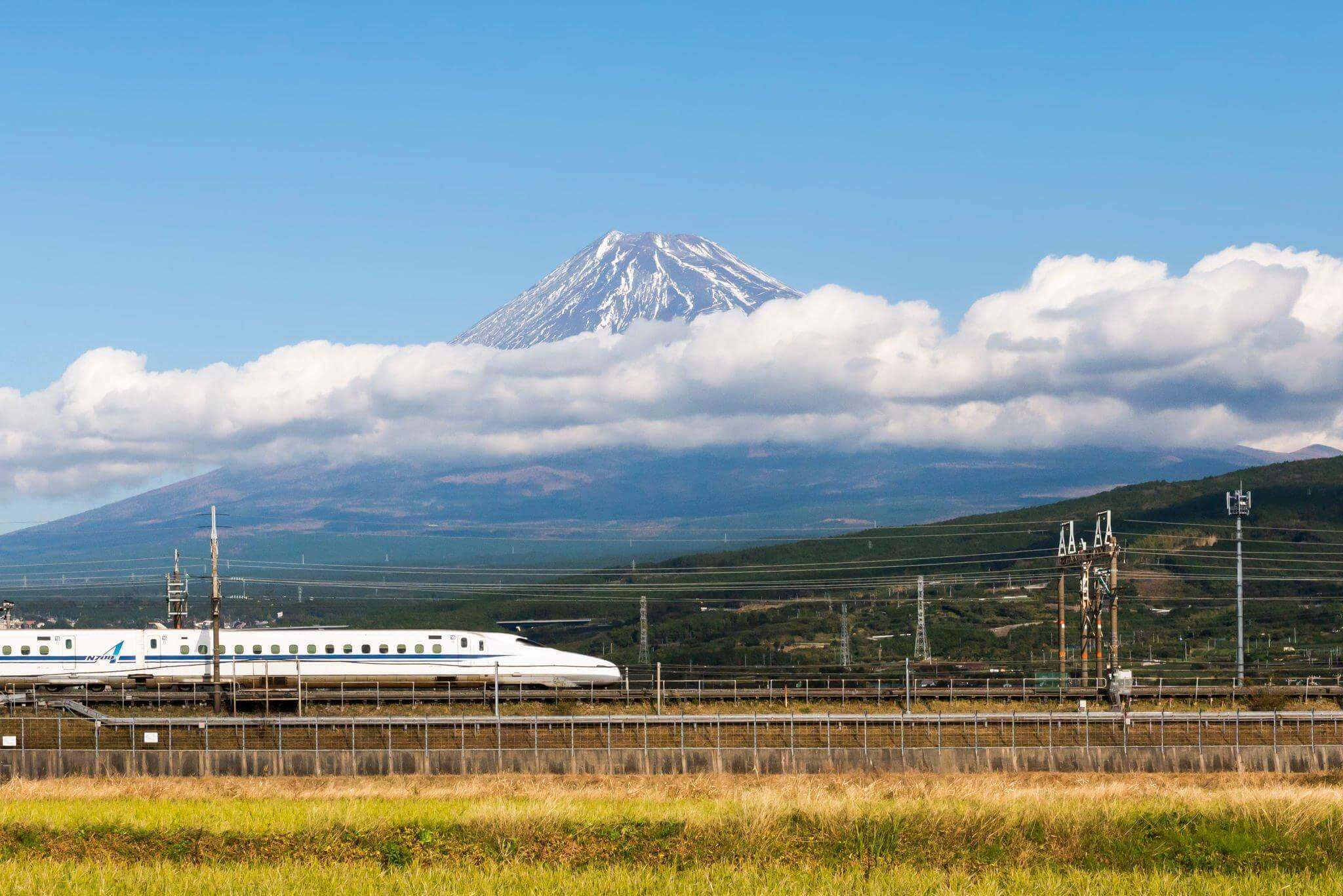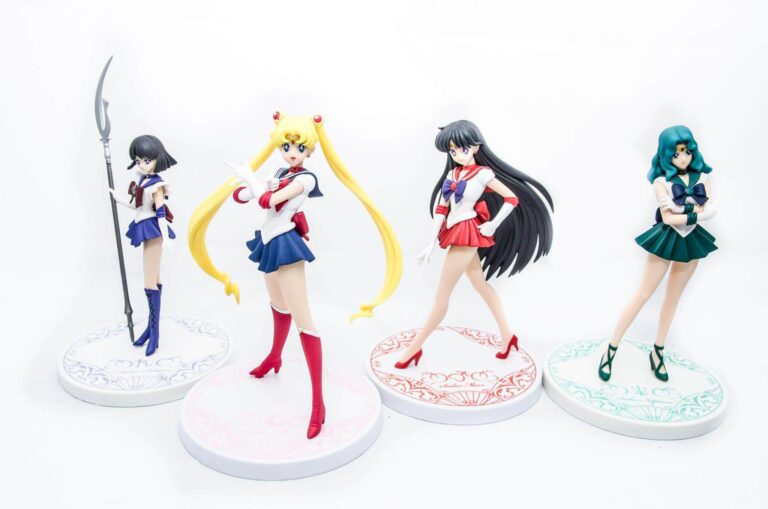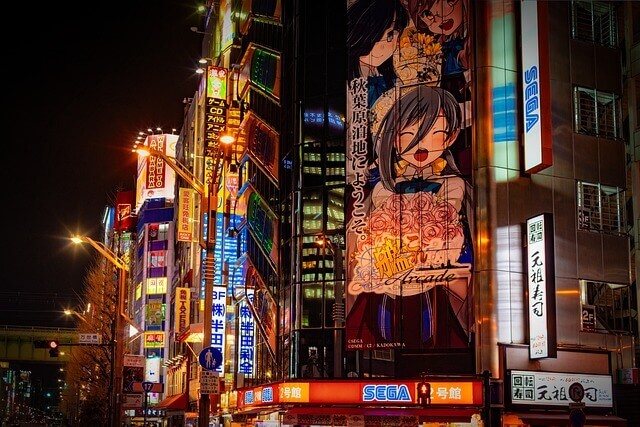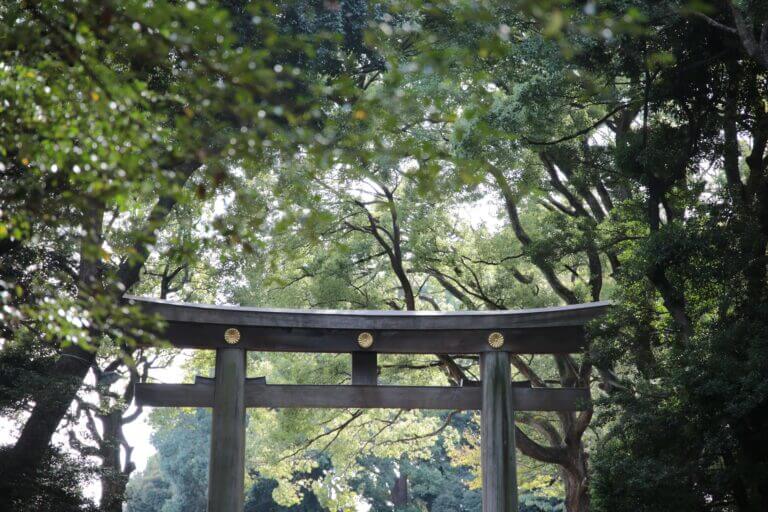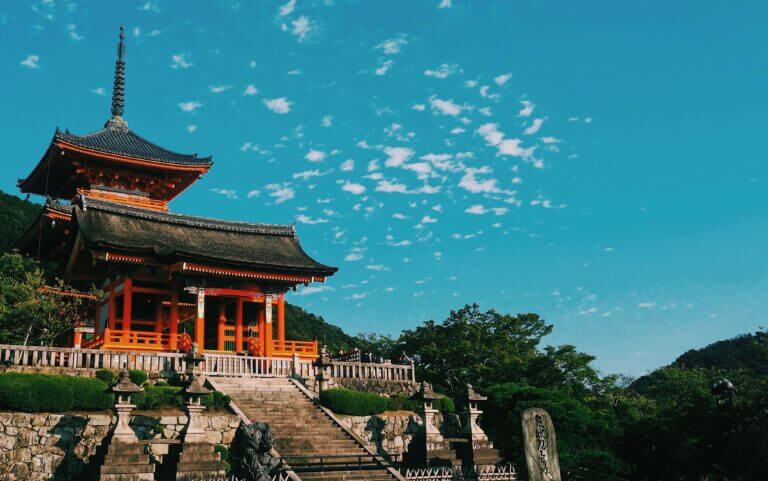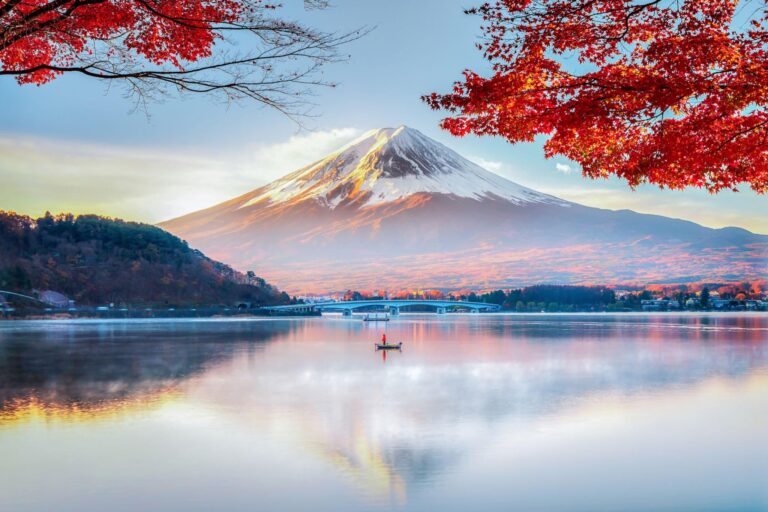List of Contents
The Shinkansen, also known as the “bullet train,” is a high-speed railway system that has been a major mode of transportation in Japan for over half a century. The idea for the Shinkansen was first proposed in the 1930s, but it wasn’t until the 1950s that the government began to seriously consider the project. In 1959, the government passed the “Shinkansen Construction Law” which authorized the construction and operation of a high-speed railway system.
The first Shinkansen line, the Tokaido Shinkansen, was opened on October 1st, 1964, just in time for the Tokyo Olympics. The opening of the Shinkansen was a major milestone in Japan’s transportation history and it was met with great excitement from the public. The Tokaido Shinkansen line connected Tokyo with major cities such as Yokohama, Nagoya, Kyoto, and Osaka, and it quickly became a beloved mode of transportation for both locals and tourists.
The success of the Tokaido Shinkansen line led to the construction of additional Shinkansen lines, such as the Sanyo Shinkansen in 1972, which connected Osaka with major cities such as Hiroshima and Fukuoka, and the Tohoku Shinkansen in 1982, which connected Tokyo with cities in the northern region of Tohoku.
Over the years, the Shinkansen system has undergone several upgrades and improvements, such as the introduction of new train models and the construction of new lines. Today, the Shinkansen system is considered one of the most advanced and reliable high-speed railway systems in the world and it continues to be an important mode of transportation in Japan.
Types of Shinkansen
There are several different types of Shinkansen trains, each with similar amenities and seating options. The most popular and widely used are:
1. Nozomi
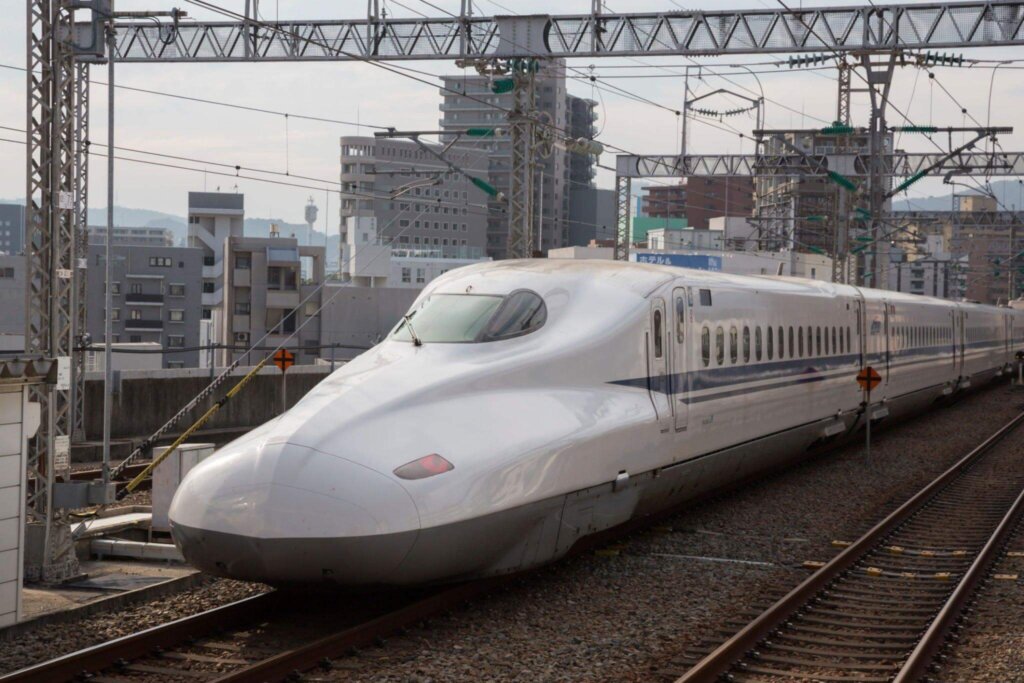
The Nozomi is the fastest and most luxurious type of Shinkansen train in Japan. It operates on the Tokaido and Sanyo Shinkansen lines, connecting major cities such as Tokyo, Yokohama, Nagoya, Kyoto, Osaka, Hiroshima, and Fukuoka.
Nozomi trains have the highest speeds, reaching up to 320 km/h (200 mph), and they make the fewest stops, which makes them the fastest way to travel between cities on these lines. They also have the highest fare among all the types of shinkansen.
Nozomi trains offer the most comfortable seating options, such as green cars and gran class. Green cars offer comfortable seats with ample legroom and a peaceful atmosphere, while gran class offers even more spacious seats and a higher level of service, including dedicated attendants, meals, and drinks.
The Nozomi trains offer amenities such as Wi-Fi, power outlets, and toilets. They also have a variety of food and drink options available for purchase on board, including bento boxes, snacks and drinks, and even local specialties.
The Nozomi trains are the fastest and most luxurious option for those looking for a comfortable and efficient way to travel between major cities in Japan. However, it’s important to note that reservations are highly recommended, especially during peak travel seasons, to ensure a comfortable journey and avoid disappointment.
2. Hikari
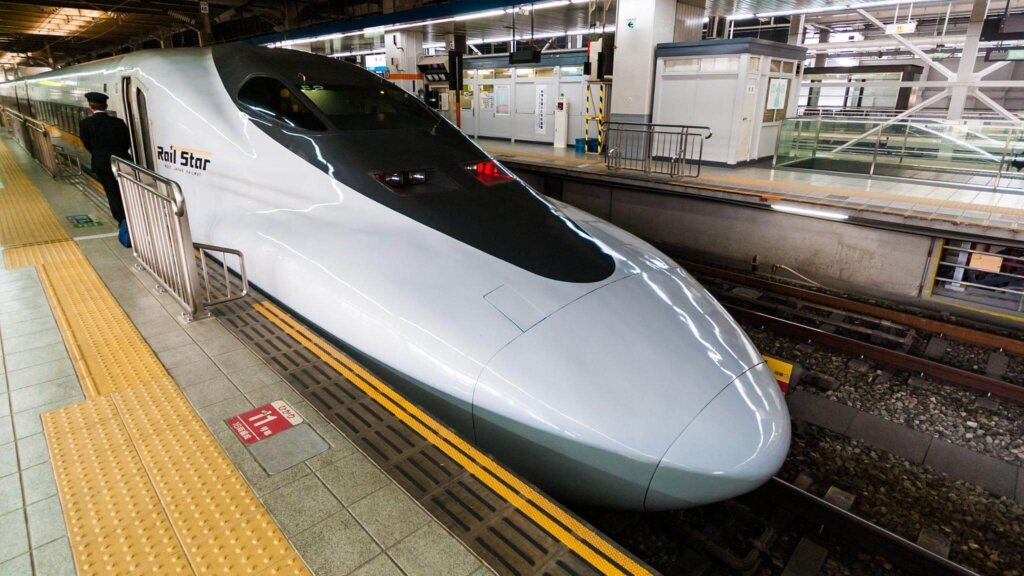
The Hikari is a type of Shinkansen train in Japan that offers a balance between speed and affordability. It operates on the Tokaido and Sanyo Shinkansen lines, connecting major cities such as Tokyo, Yokohama, Nagoya, Kyoto, Osaka, Hiroshima, and Fukuoka.
Compared to the Nozomi, the Hikari trains have slightly lower speeds and make more stops along the way, which makes the journey slightly longer but also more affordable.
Hikari trains offer comfortable seating options, such as green cars and ordinary cars. Green cars offer comfortable seats with ample legroom and a peaceful atmosphere, while ordinary cars offer standard seating.
The Hikari trains are a good option for those who want to travel in comfort but also want to save money, it’s a good balance between speed and affordability. The journey may be slightly longer than the Nozomi but still offers a comfortable and efficient way to travel between major cities in Japan. And as always, reservations are highly recommended, especially during peak travel seasons, to ensure a comfortable journey and avoid disappointment.
3. Kodama
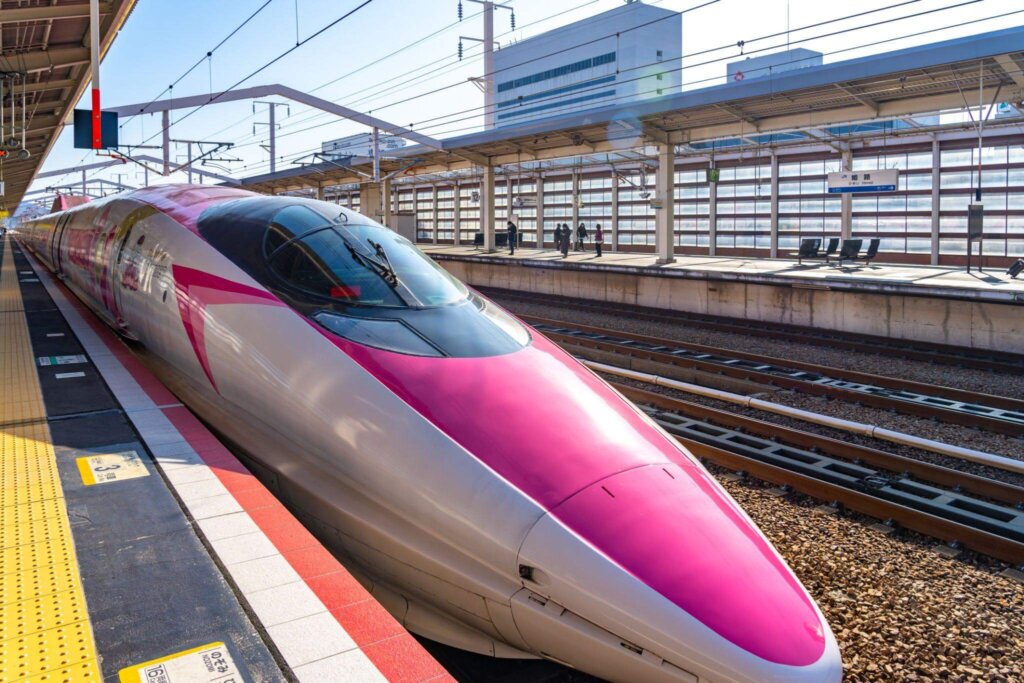
The Kodama is the slowest of the Shinkansen trains in Japan, but also the most budget-friendly option. It operates on the Tokaido, Sanyo, and Tohoku Shinkansen lines, connecting major cities such as Tokyo, Yokohama, Nagoya, Kyoto, Osaka, Hiroshima, Sendai, and Aomori.
Unlike the Nozomi and Hikari trains, the Kodama trains stop at all stations along the route, which makes the journey slower but also more affordable. The Kodama trains offer standard seating options, with comfortable seats, but with less legroom than green car seating. It also doesn’t have luxurious amenities like green cars and gran class.
The Kodama trains are a great budget-friendly option for those who are looking to save money while still traveling in comfort. This option is good for travelers who have more time or looking for a more relaxed journey and want to see more of the Japanese countryside, but it’s important to note that the journey will take longer. As always, reservations are highly recommended during peak seasons for obvious reasons.
4. Mizuho and Sakura
The Mizuho and Sakura are types of Shinkansen trains in Japan that operate on the Sanyo and Kyushu Shinkansen lines, connecting major cities such as Osaka, Hiroshima, Kokura, Hakata, and Kagoshima.
The Mizuho and Sakura trains have a higher speed than the Kodama, but make more stops than the Nozomi and Hikari, making them a good option for those looking for a balance between speed and affordability. They are also a good option for travelers who want to explore the southern regions of Japan such as Kyushu, and visit cities like Fukuoka, Kumamoto, and Kagoshima.
5. Hayabusa and Hayate
Hayabusa and Hayate are types of Shinkansen trains in Japan that operate on the Tohoku and Hokkaido Shinkansen lines, connecting major cities such as Tokyo, Sendai, Morioka, Shin-Aomori, Hakodate, and Sapporo.
The Hayabusa and Hayate trains are a good option for those who want to travel in comfort while also exploring the northern regions of Japan. They offer a great way to discover the beauty of the northern regions of Japan such as Tohoku and Hokkaido.
Popular Routes
The Shinkansen system in Japan has several lines that connect major cities in the country, but some of the most popular routes are:
- Tokaido Shinkansen: This is the first Shinkansen line that was opened in 1964, connecting Tokyo with major cities such as Yokohama, Nagoya, Kyoto, and Osaka. This route offers scenic views of Mt. Fuji, the Pacific Ocean, and the beautiful countryside of Japan. It’s the most heavily used line and the most popular among tourists.
- Sanyo Shinkansen: This line connects Osaka with major cities such as Hiroshima, Okayama, and Fukuoka. This route offers scenic views of the Seto Inland Sea and the beautiful islands of the region, it’s a great way to explore western Japan.
- Tohoku Shinkansen: This line connects Tokyo with cities in the northern region of Tohoku, such as Sendai and Aomori. This route offers views of the beautiful countryside and the Pacific Ocean, it’s a great way to explore the Tohoku region and its natural beauty.
- Hokkaido Shinkansen : This line connects Aomori with Sapporo, the capital of Hokkaido. It offers views of the beautiful countryside of Northern Japan and is a great way to explore the Hokkaido region.
- Kyushu Shinkansen: This line connects Fukuoka with Kagoshima-Chuo, it offers views of the beautiful countryside and the ocean of the southernmost main island of Japan, and it’s a great way to explore the Kyushu region.
Each of these routes has its own unique features and attractions, and they are all great options for those looking to explore different parts of Japan while traveling in comfort and style.
Ticketing and Reservation
When it comes to purchasing a ticket for the Shinkansen, there are several options available. One can purchase a single journey ticket, a round-trip ticket, or a Japan Rail Pass.
- Single journey ticket: This is a one-way ticket for a specific train and route. These tickets can be purchased at ticket machines or ticket counters at Shinkansen stations.
- Round trip ticket: This is a round-trip ticket that allows you to travel to your destination and return on the same route. These tickets can be purchased at ticket machines or ticket counters at Shinkan
- sen stations.
- Japan Rail Pass: This is a great option for tourists as it allows unlimited travel on the Shinkansen and other Japan Railways Group trains for a certain period of time, such as 7 days, 14 days, or 21 days. This pass can be purchased before your trip to Japan and can be exchanged for a regular Shinkansen ticket at major stations in Japan.
You can make a reservation at any Shinkansen station or through the JR East website or mobile app. Also, it’s important to note that some types of Shinkansen such as Nozomi and Mizuho can’t be used with Japan Rail Pass, it’s important to check before your trip.
A great way to travel and experience Japan
The Shinkansen is known for its punctuality, speed, and comfort, and it’s considered one of the most advanced and reliable high-speed railway systems in the world.
The trains themselves are sleek and modern, with comfortable seating options such as green cars and ordinary cars. Green cars offer comfortable seats with ample legroom and a peaceful atmosphere, while ordinary cars offer standard seating. Some trains also offer gran class which is the most luxurious option, with dedicated attendants, meals, and drinks.
The journey itself offers beautiful views of the Japanese countryside and cities, and traveling by Shinkansen allows you to cover large distances in a relatively short amount of time. The trains are equipped with amenities making the journey more comfortable. Food and drink options are also available for purchase on board, including bento boxes, snacks and drinks, and even local specialties.
Overall, riding the Shinkansen is a convenient, comfortable, and efficient way to travel around Japan. It’s a great option for those who want to explore different parts of the country while traveling in comfort and style. And with the punctuality of the trains, one can plan their itinerary with ease, making the most of their time in Japan.

